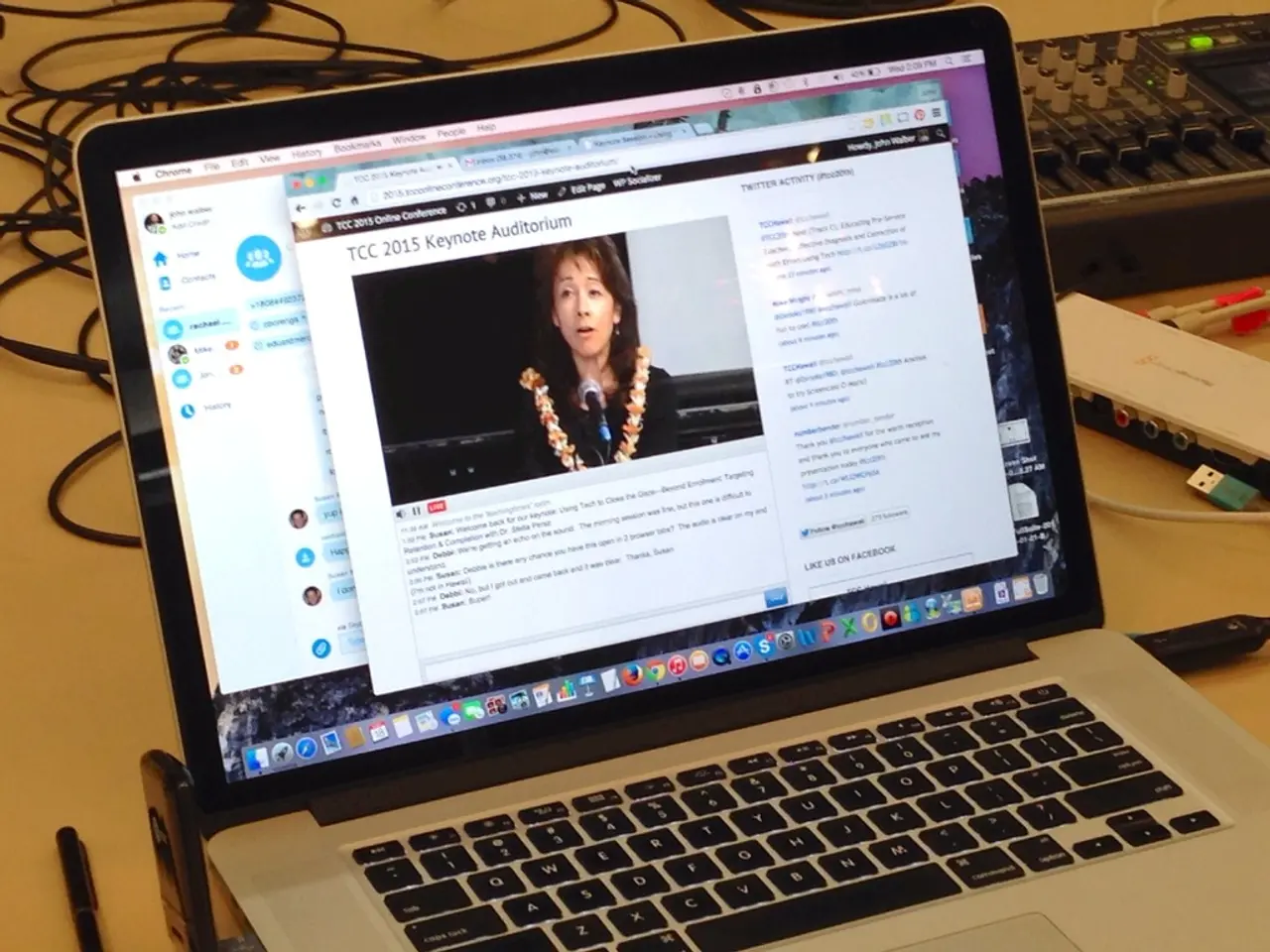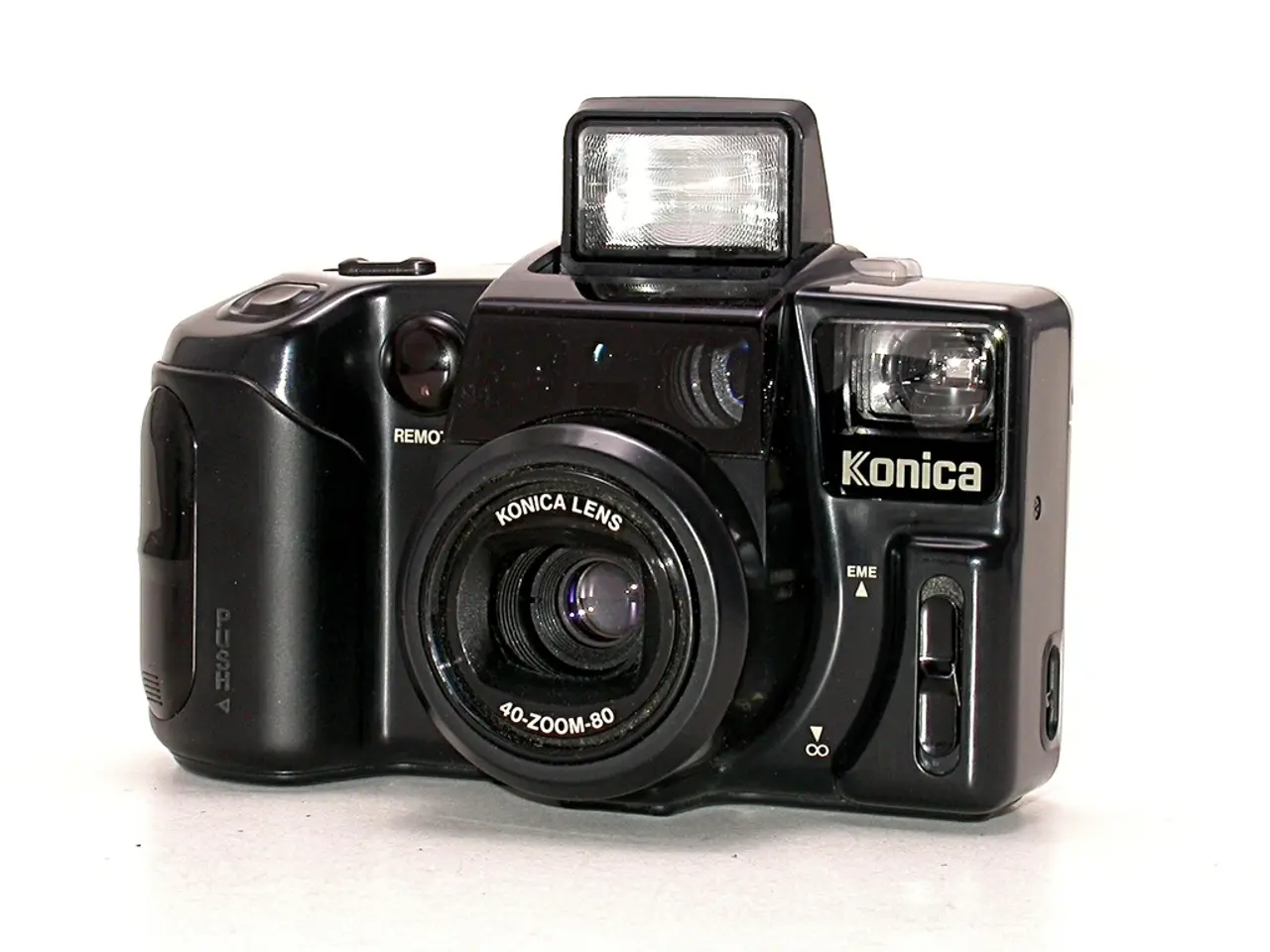Creating Lasting Impressions with Brand Engaging Events
In the dynamic world of marketing, brand activation has emerged as a powerful strategy to create brand awareness, foster interaction, and build lasting relationships with consumers.
At its core, brand activation is about bringing a brand to life, combining consumer interaction with an immersive experience. The primary goal is to make the brand more memorable and relatable, ensuring it resonates with its target audience.
One key approach to effective brand activation is creating immersive, interactive experiences. This could involve physical activations like pop-up events, exhibitions, or interactive installations where customers can physically engage with the brand. Virtual and augmented reality technologies can also intensify engagement by offering personalized, memorable brand interactions.
Another strategy is to leverage storytelling that resonates emotionally. By connecting with consumers on a deeper level, tapping into their values, aspirations, and needs, brands can humanize themselves and foster emotional attachment.
Encouraging user participation and social sharing is another effective tactic. Campaigns involving user-generated content or personalized products encourage consumers to emotionally connect with the brand and share their experiences, amplifying reach and impact.
Demonstrating product value through experiential demos is another crucial aspect. Providing live or virtual product demonstrations helps users understand benefits firsthand, boosting engagement and conversion.
Incentives can also drive repeated engagement. Offering rewards for milestones or repeat usage encourages loyalty and strengthens ongoing customer relationships.
Maintaining communication with welcome and reactivation emails is essential for nurturing customer journeys. Informative, personalized email campaigns can re-engage users, highlight popular features, and encourage further interaction.
Social media engagement can also build community. Emulating brands like Slack, a friendly, approachable brand voice via social channels can make the brand part of users’ daily lives.
Notable examples of successful brand activations include Nike’s Breaking 2 campaign, Coca-Cola's personalized "Share a Coke" campaign, and Red Bull’s Stratos Jump. These campaigns combined innovation, live events, athlete collaboration, personalized products, and extraordinary stunts to create excitement, emotional involvement, and media buzz.
Brand activation fosters a sense of community among consumers, and its success can be measured through metrics like customer engagement, social media interaction, and sales conversion rates. A successful brand activation goes beyond mere promotion and focuses on creating emotional connections with consumers, playing a significant role in increasing brand awareness and building a loyal customer base.
Brand activation can take various forms, from events and digital campaigns to experiential activations. Collaboration and partnerships can also increase a brand's presence in a desired demographic. Technology is used extensively in brand activation to create immersive experiences, such as augmented/virtual reality and interactive apps.
Storytelling is integral to activating the brand, as it is a powerful way to deliver a brand’s message. Brand activations can provide memorable experiences that last with consumers beyond the first transaction. Social responsibility initiatives in brand activation can help build a memorable image for a brand.
In conclusion, brand activation is a comprehensive process for engaging potential customers and building long-term success. By combining experiential marketing, emotional storytelling, personalized engagement, and ongoing communication with rewards, brands can forge deep emotional bonds, create memorable experiences, and cultivate loyal customer bases.
In the realm of brand activation, technology plays a vital role in enhancing customer interaction by creating immersive experiences through methods like virtual and augmented reality. Furthermore, successful brand activations can also incorporate business strategies that leverage storytelling, encouraging user participation, and offering experiential product demonstrations.




